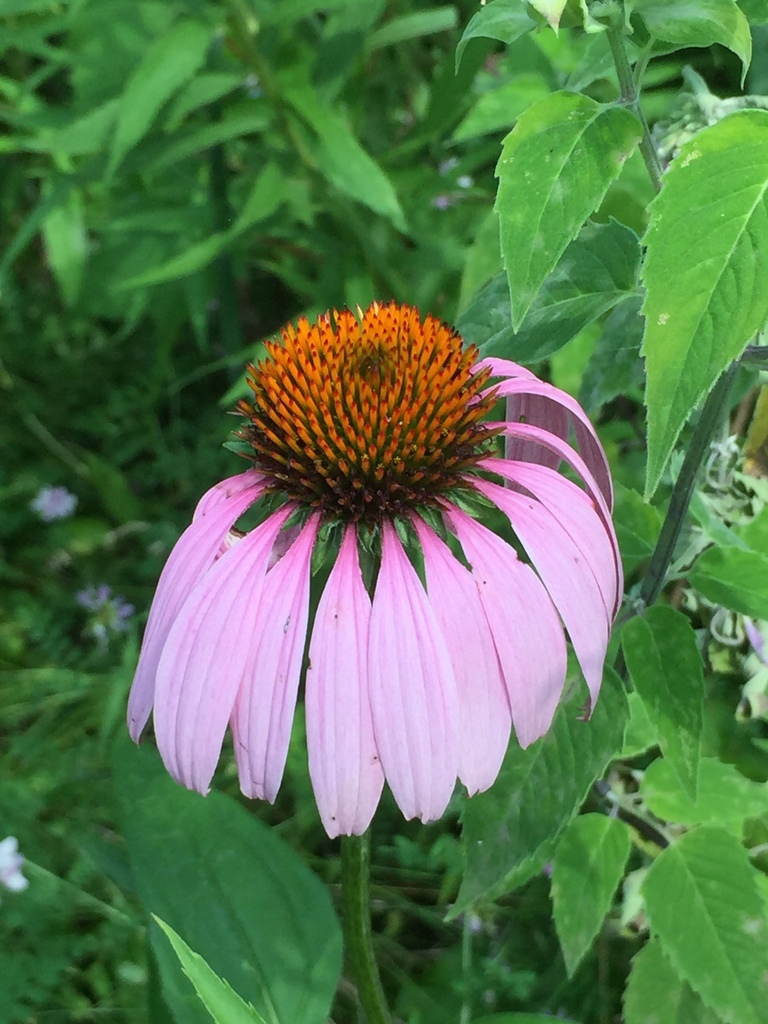Our spring newsmagazine featured Cliff’s top ten hidden gems of birding. Here is the third of a blog series on these birds, by guest blogger Ed Pope.
If you are wondering what a merganser is, it is a fish-eating, diving duck. The hooded part of its name comes from a crest on its head, which can be raised or lowered. Both males and females have crests, but the male’s is more eye-catching. Females are a grayish-brown with a crest that is a reddish-brown. During the breeding season, the male’s head is mostly black with a big white patch at the rear.
The hooded merganser breeds in all eastern states of the U.S. except Florida. There is also a population that breeds in the American northwest and southwestern Canada. This bird doesn’t migrate far in winter. As long as it has access to open water, it can survive.
For the breeding season mergansers prefer ponds with emergent vegetation. Nesting females use a cavity in a tree for nesting, so they prefer ponds near forests. If there are no nearby trees, they will use human-provided nesting boxes around ponds.
The female hooded merganser lays anywhere from five to fifteen eggs. She only begins incubation after all the eggs have been laid, so that they all hatch at about the same time. The hatchlings are born well-developed, spending only one day in the nest. The chicks can walk, swim, dive and forage as soon as they leave the nest.
These small ducks are roughly the size of a crow. Their diet varies depending on availability of prey, but generally it is over half fish, one-third invertebrates like crayfish, and the remainder aquatic insects. Their bills are serrated, making it easier to hold onto their catch. They hunt by sight, so they prefer clear water that is at least one and a half feet deep. They must surface to swallow their catch, which they always devour head-first.
With a little luck, you might spot hooded mergansers at Browning Marsh. Enjoy this view into the merganser duckling’s start in life, beginning with jumping out of the nest and landing on the forest floor.

Ed Pope
Guest Blogger